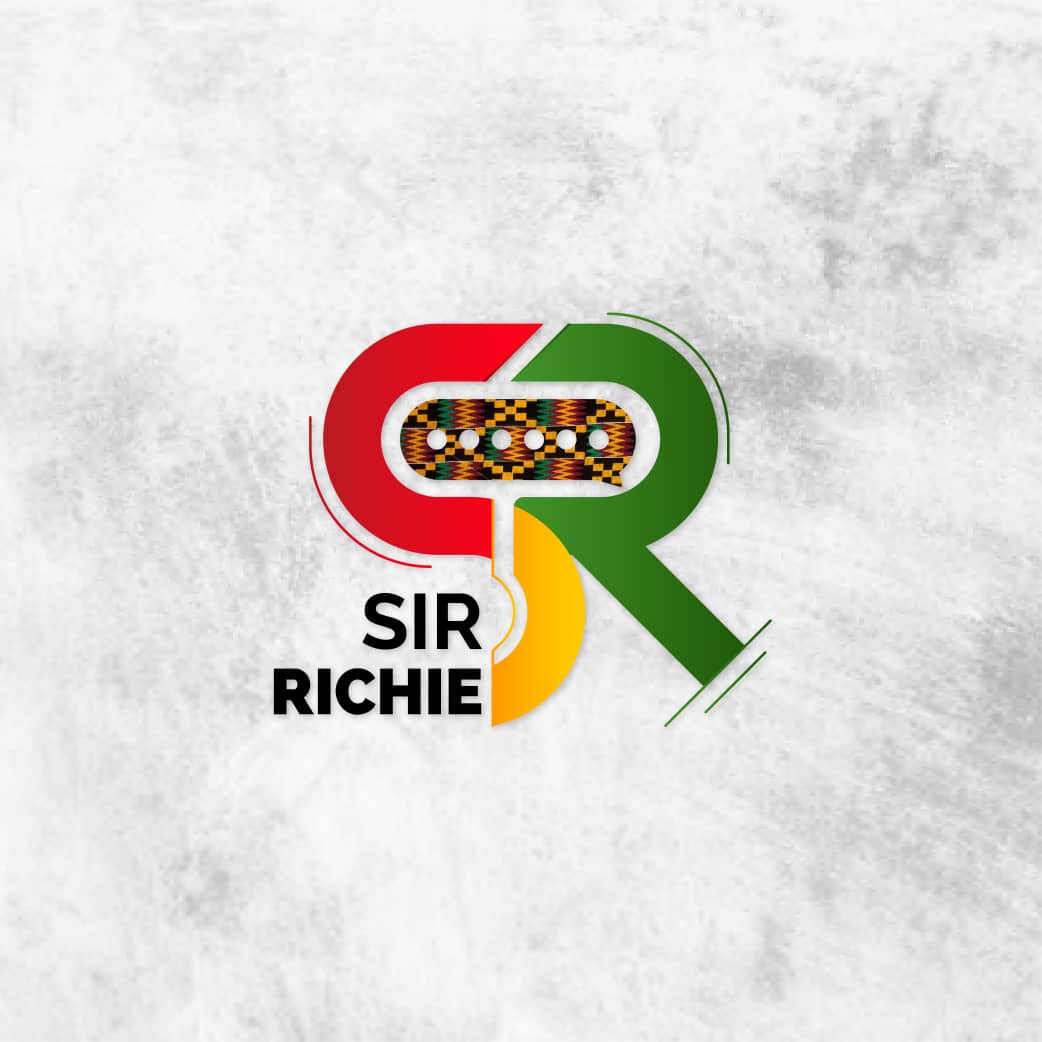Although the choice of colour may seem aesthetic, it often has deeper geopolitical, historical, or cultural significance. Here’s a breakdown of the common passport colours and what they generally signify:
1. Blue
- Common among: United States, Canada, Australia, and several South American countries.
- Significance: Blue often represents the “new world.” In the U.S., the blue passport symbolizes the blue found in the American flag. Countries in South America use blue passports to reflect their connection with the Mercosur trade union.
- USA and Canada: High mobility, with access to 180+ countries without a visa or with visa on arrival.
- Australia: Similar high mobility, with access to 180+ countries.
Blue passport
2. Red
- Common among: European Union countries, nations interested in joining the EU, Turkey, Russia, and China.
- Significance: The most common passport color. The burgundy shade of European Union passports symbolizes European unity. Countries aspiring to join the EU also adopt burgundy passports as a nod to their integration efforts. In other countries, red can symbolize communism or socialism.
- Turkey and Russia: Moderate to high mobility, with access to 110+ countries.
- China: Lower mobility, with access to about 70+ countries.
Red passport3. Green
- Common among: Most Muslim countries, including Morocco, Saudi Arabia, and Pakistan.
- Significance: Green is considered the favorite color of the Prophet Muhammad and is a symbol of nature and life. Thus, many Islamic states choose green passports as a reflection of their faith and cultural identity.
- Pakistan: Low mobility, with access to fewer than 30 countries.
- Morocco: Moderate mobility, with access to 60+ countries.
Green passport
